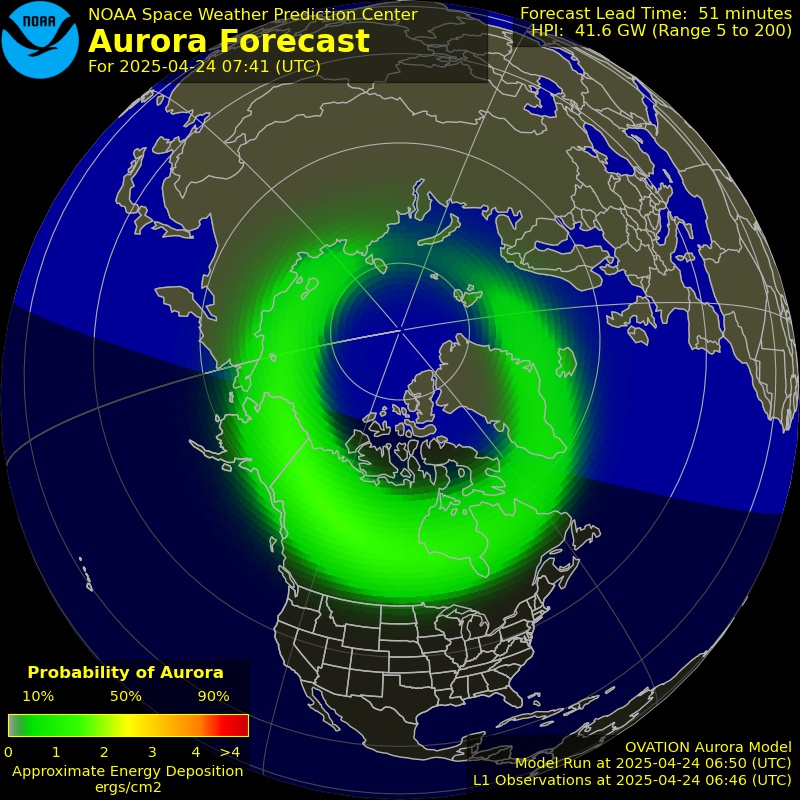Severe Weather Awareness Week in Cook County
Apr 17, 2023 01:39PM ● By Content Editor
From Cook County, Minnesota - April 17, 2023
It’s spring in Cook County: the snow is melting; the rivers are beginning to flow; and there are signs of pussy willows, flowers, and trees blossoming. And, of course, our much-anticipated warmer weather is coming.
Warmer weather brings the potential for severe weather, and we in Cook County need to be prepared. To that end, the Minnesota Department of Public Safety, in conjunction with the National Weather Service, is promoting Severe Weather Awareness Week during the week of April 17 through 21, 2023.
April is a great time to begin preparing for severe weather, not only for local residents, but also for our businesses, schools and the community as a whole. By taking these steps now, we will be prepared and can take appropriate action when necessary.
Each day of Severe Weather Awareness Week highlights an important weather safety topic.
Monday: Alerts and Warnings
Following is a brief summary of the types of alerts we encounter:
§ Weather Warning: Dangerous weather or event is occurring or imminent and likely to have significant threat to life or property. Take protective action immediately.
§ Weather Watch: Weather conditions are favorable for hazardous weather. Stay alert, make alternate plans, and be aware of shelter or evacuation routes.
§ Weather Advisory: A less hazardous weather condition is possible but not yet happening. Weather may still pose significant safety risk or travel problems. Stay alert. Cook County utilizes the Code Red alerting system; if you are not signed up, please visit www.co.cook.mn.us to do so.
Tuesday: Severe Thunderstorms, Lightning, and Hail
A typical thunderstorm is 15 miles in diameter, lasts for 30 minutes, can produce large hail, and has winds of at least 58 mph. During such an event, a bolt of lightning can be over five miles in length and can strike up to 15 miles away from the center of the storm. No place outside is safe when thunderstorms are present: according to the National Weather Service, your chances of being struck by lightning are 1 in 12,000.
Wednesday: Floods and Flash Floods
Floods are among the most common natural hazards in Minnesota. Flash floods develop quickly, leaving little time for preparation. Please do not ever walk or drive through moving water: six inches of moving water can carry away an adult, and 12 inches of moving water can carry away a car. State and federal authorities recommend having an evacuation plan and a “go kit” for such emergencies. You can check out FEMA Ready.gov for more information.
Thursday: Tornado Drill Day
Minnesota averages 40 tornados per year but, in 2010, the state had the most tornados of any state in the U.S. with 113. Tornados can strike any time of the day but often occur in the late afternoon or evening. In October of 2021, Cook County experienced an EF2 tornado in the Boundary Waters Canoe Area. The National Weather Service will conduct a simulated tornado warning at 1:45 p.m. Thursday, April 20 to allow schools, businesses, and organizations to practice their tornado plans. A second simulated warning will occur at 6:45 p.m. This allows second shift workers and families at home to practice their sheltering plans. Remember: severe weather and tornados occur most often between 3 and 8 p.m.
Friday: Extreme Heat
Heat-related fatalities happen every year throughout the U.S., and Minnesota is no exception. Heat cramps are muscular pains and spasms that are caused by exposure to high heat combined with loss of fluids. The cramps usually occur in the legs or abdomen. Heat exhaustion typically involves the loss of body fluids through heavy sweating during strenuous exercise or physical labor. Signs of heat exhaustion include cool, moist, pale, or flushed skin; heavy sweating; headache; nausea; dizziness; and exhaustion. Heat stroke (also known as sunstroke) is a life-threatening condition in which a person’s temperature control system stops working and the body is unable to cool itself. Signs of heat stroke include: hot, red skin which may be dry or moist, changes in consciousness, vomiting, and high body temperature. If this occurs, you need to call 911 immediately.
Additional information on Severe Weather Awareness Week is available on the Minnesota Department of Public Safety’s Homeland Security and Emergency Management web page, Main Weather Safety Page: https://dps.mn.gov/divisions/hsem/weather-awareness-preparedness/Pages/default.aspx
The National Weather Service also has many great resources at https://www.weather.gov/safety
Planning is key to being prepared for any severe weather event, so please take time to plan emergency responses with your family. If we do that, watch the sky, and listen to advanced warnings, we can each do our part in keeping Cook County safe.
About Cook County, MN
Cook County encompasses the sovereign nation of the Grand Portage Band of Lake Superior Chippewa; the City of Grand Marais; the Townships of Lutsen, Tofte and Schroeder; and unincorporated areas in the easternmost part of Minnesota’s North Shore. Cook County Government values transparency and strives to deliver superior services and programs in a fiscally responsible way. We value the dignity of all County residents and seek to create a community that provides opportunity for all. Many of our offices are in the Cook County Courthouse at 411 W 2nd St, Grand Marais 55604. Other departments and facilities, such as the Airport, Community Center, Highway and Sheriff are located nearby. Call 218-387-3000 or visit: https://co.cook.mn.us

